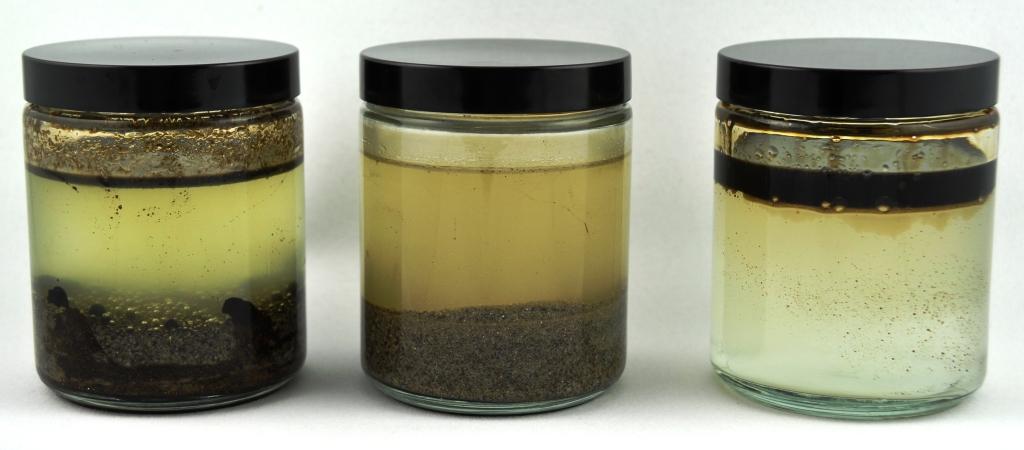Solids Handling for Upstream Oil & Gas Industry: Step 3 - Cleaning (B-FSM037)

The third step of solids handling in the upstream oil & gas industry is Cleaning. This step is optional and only used where it provides economic advantage for solids discharge (overboard) rather than shipment to disposal site.
Sand cleaning is designed to remove only adsorbed liquid hydrocarbon (oil) from the surface of sand particles.
- Does not include removal of H2S, pyrophoric material, heavy metals, or NORM – these contaminants require very specialized cleaning/handling systems
Normal cleaning specification is to meet offshore discharge. The most common specification is <1 weight% oil-on-dry solids – the same as drilling cuttings.
- Recommended to use on-site analysis method to measure
- Grab sample for lab analysis will not be same as in-situ measurement
In addition to meeting disposal specification, cleaned sand is easier to dewater and transport.
Heavy oil with high viscosity or high wax content may not be cleanable in standard systems. These applications may require additional heat or chemicals.
Unit Processes for Cleaning
- Integrate cleaning action in all areas of separation, collection, and transport (may eliminate need for specific cleaning station)
- Multiphase desander with secondary accumulator operated properly provides sufficient cleaning action to prevent separate cleaning step with all but heavy oil
- Standard offshore sand cleaning systems use batch cyclone-recirculation loop
- Attrition scrubbing through particle-particle and particle-equipment abrasion
- Chemical or heat not normally required
- Specialized systems use chemicals, heat, and/or biological cleaning.
Cleaning is detailed in module M8 and will be covered in detail in a future post.
Cleaning Examples
Three unit-process examples below show cleaning skids employed in the upstream oil & gas industry. All of these are based on recycle-attrition scrubbing using cyclonic desanders, and all are 150# rated automated systems. The system on the left was deployed on a barge in inland waters in Venezuela, with the final solids sent to composting landfill. The middle and right systems are deployed offshore Malaysia, with solids discharged overboard. The right system has automated oil-in-water analysis for the cleaning cycle.

References
- Rawlins, C.H., “Sand Management Methodologies for Sustained Facilities Operations,” paper 164645-MS, North Africa Technical Conference & Exhibition, Cairo, Egypt, Apr. 15-17, 2013.
- Rawlins, C.H., and Wang, I. I., “Design and Installation of a Sand Separation and Handling System for a Gulf of Mexico Oil Production Facility,” SPE Production and Facilities, paper 72999, Vol. 16, No. 3, 2001, pp. 134-140.
The next article will detail Step 4 on Dewatering.
